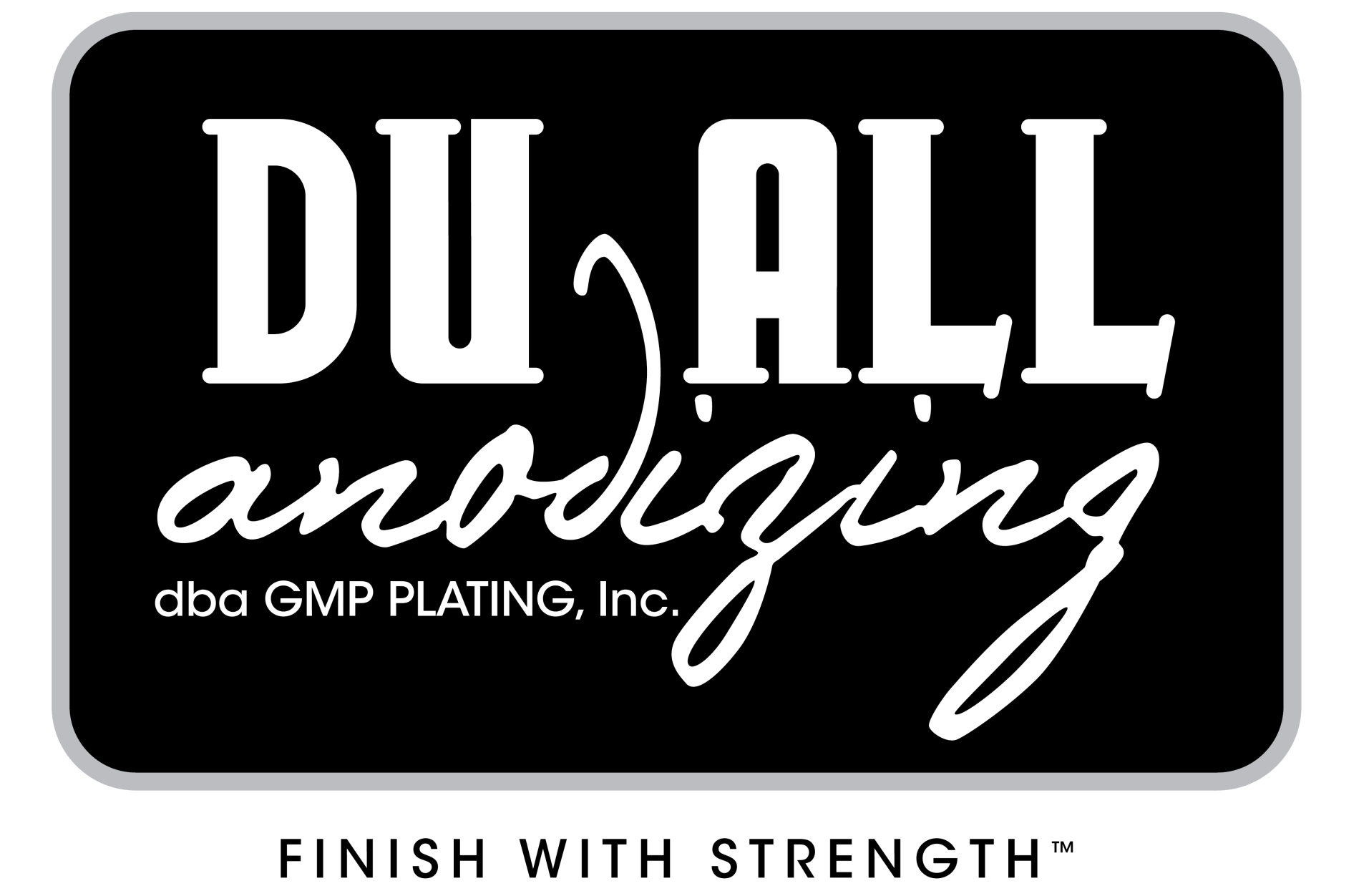Du-All Process
Du-All is continually refining our process and materials to better serve our clients. We can handle any job, big or small. We have the largest anodizing and dye tanks of any Bay Area plating shop that enable us to provide you with fast, efficient turn-around time.
Frequently Asked Questions
How It Works
1. Contact us
Contact us by telephone, email or via the contact form.
2. Tell us your needs
Describe your project and tell us your budget.
3. We'll prepare an estimate
We'll prepare a plan for you to review and approve.
4. Project starts
Once we've agreed on all the details, we'll get started.
5. On time, every time
Project ends when you're fully satisfied.



